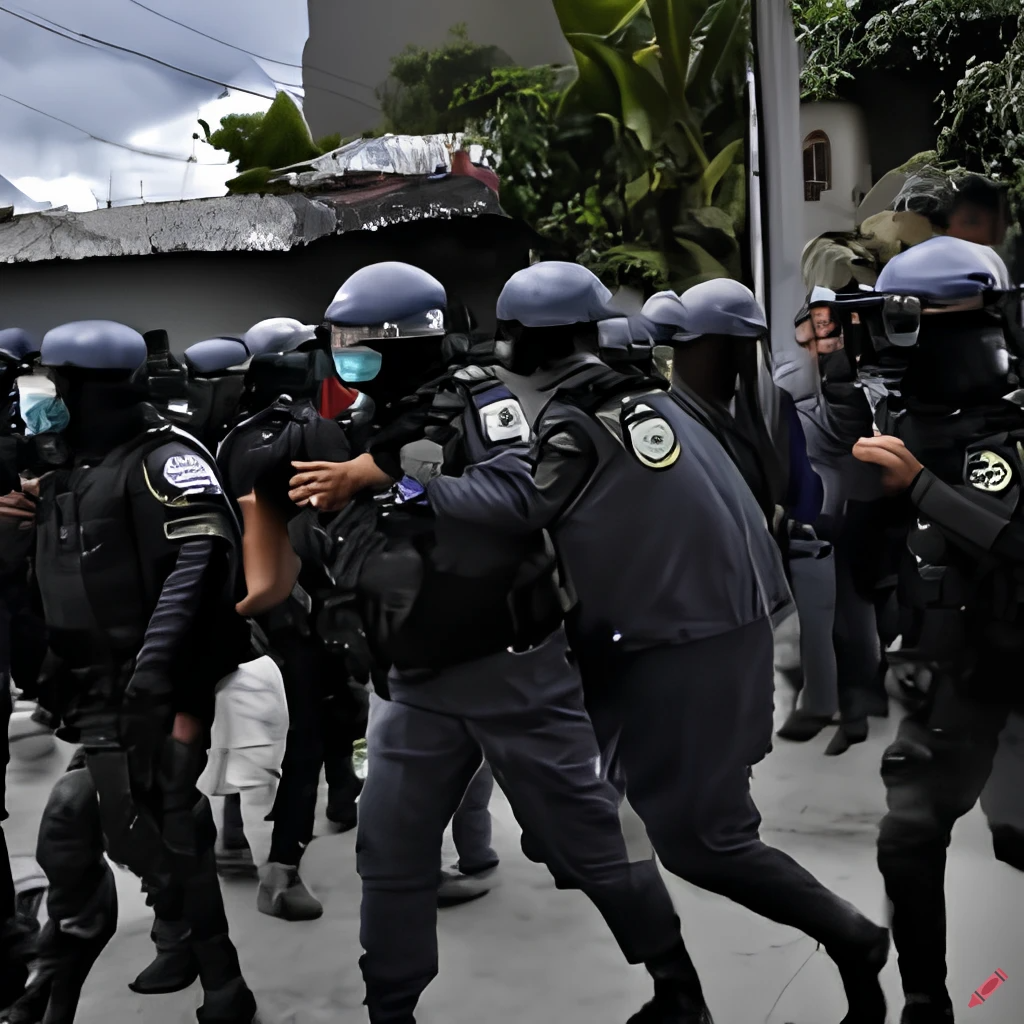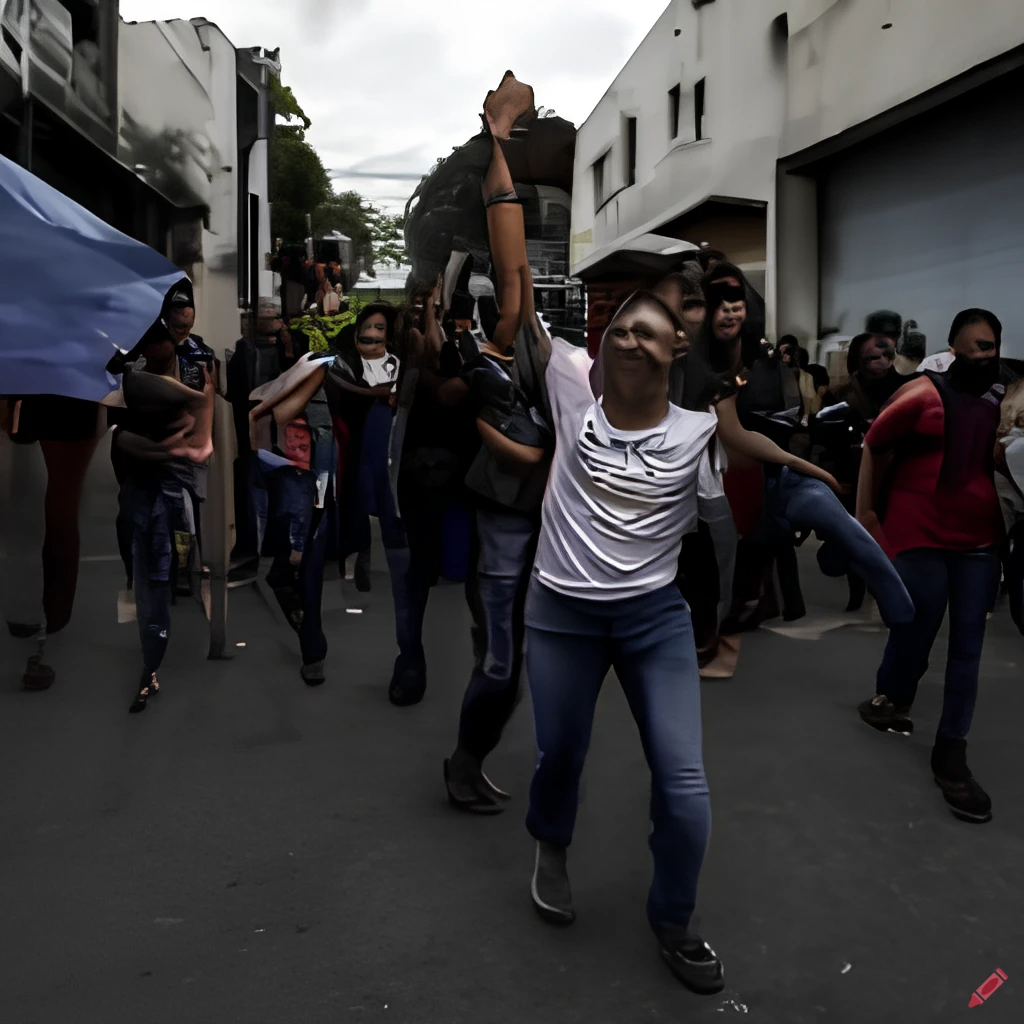Colombia sees a dramatic decrease in violence and crime rates between 2000 and 2005
Bogotá, Colombia – Over the past several years, Colombia has made significant strides in reducing violence and crime rates across the country. Between 2000 and 2005, the number of homicides in Colombia decreased by more than 40%, according to data from the National Institute of Legal Medicine and Forensic Sciences.

Table of Contents
ToggleDemocratic security government
The government’s efforts to combat violence and drug trafficking have been instrumental in bringing about this positive change. In 2000, then-President Andres Pastrana launched “Plan Colombia,” a joint initiative with the United States aimed at reducing drug production and trafficking, as well as promoting economic and social development in Colombia. The plan was initially met with criticism from some Colombians, who were concerned about the involvement of foreign military forces in the country.
Despite these concerns, “Plan Colombia” has been largely successful in achieving its goals. The Colombian government has invested heavily in increasing security measures, and has worked to dismantle drug trafficking organizations and improve intelligence gathering. In addition, the government has implemented a number of social programs aimed at addressing poverty and inequality, which have been identified as key drivers of violence.
As a result of these efforts, Colombia has seen a significant reduction in the number of violent incidents across the country. In addition to the decrease in homicides, kidnappings have dropped by more than 80%, and other forms of crime have also decreased.

While there is still work to be done to address the root causes of violence and crime in Colombia, the progress made in recent years is a positive sign for the country’s future. As current President Alvaro Uribe said in a recent speech, “Colombia is on the right path. We still have challenges, but we are making progress every day towards a more peaceful and prosperous future for all Colombians.”
Massive Protests and Strikes Sweep Across Colombia in 2019
Bogotá, Colombia – In November 2019, Colombia saw one of its largest and most widespread protests in recent history as citizens took to the streets to demand government action on a range of issues, including corruption, inequality, and violence against social activists.
The protests were sparked by a series of controversial government proposals, including a tax reform that was seen as benefiting the wealthy at the expense of the poor. However, the demonstrations quickly grew into a broader movement that included demands for better public services, increased funding for education and healthcare, and an end to violence against social leaders and indigenous communities.
The protests were marked by a series of strikes and roadblocks that disrupted transportation and commerce across the country. The government responded with a heavy-handed approach, deploying riot police and the military to disperse protesters and restore order.
The protests continued for several weeks, and while some concessions were made by the government, many of the protesters’ demands remained unaddressed. The protests also led to a number of clashes between protesters and security forces, resulting in injuries and arrests on both sides.

Despite the challenges, the protests were seen by many as a powerful expression of popular discontent with the status quo in Colombia. As one protester told reporters, “We’re tired of the same old promises and the same old problems. We want real change, and we’re not going to stop until we get it.”
The protests ultimately led to the resignation of the country’s finance minister and put pressure on the government to take action on the issues raised by the protesters. While the long-term impact of the protests remains to be seen, they have already had a significant impact on the country’s political and social landscape.



Recent Comments